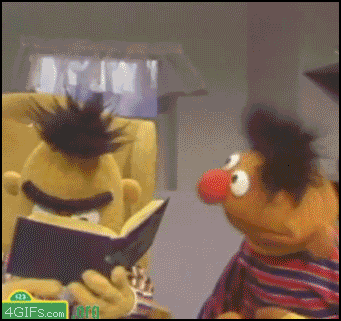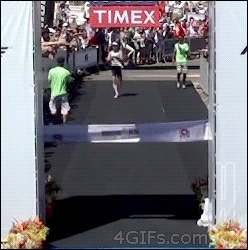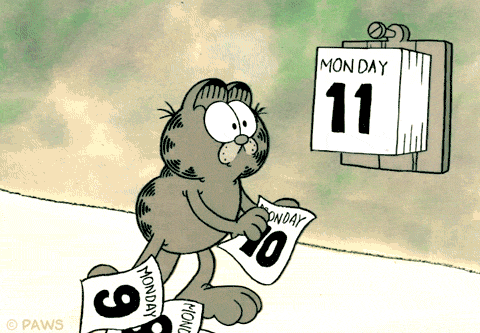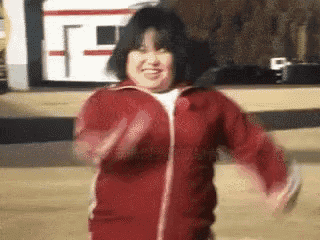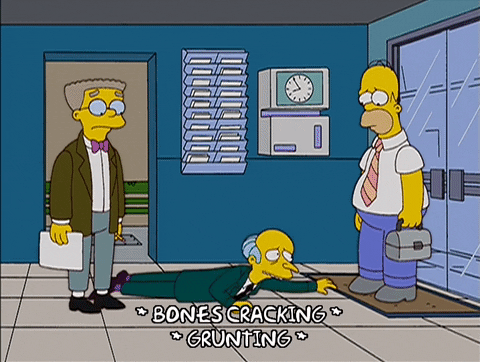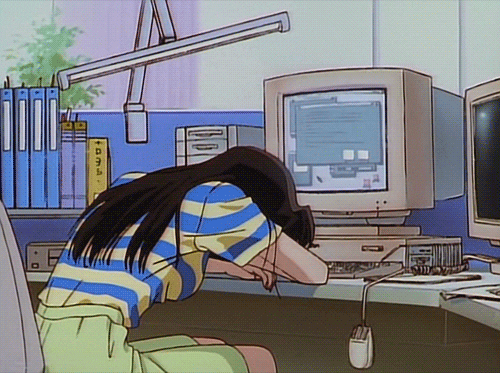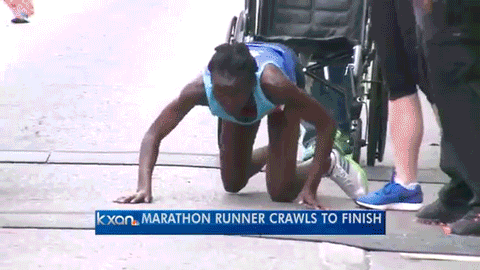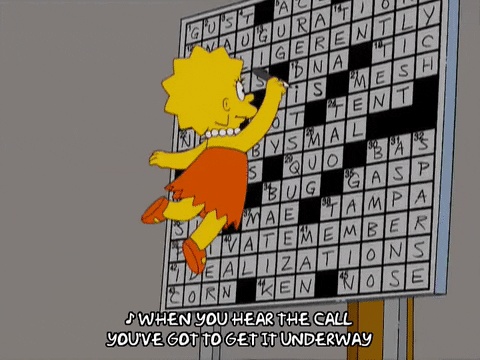Relate much?
MACC-sters,
Welcome to a year like no other. I won’t say that I’m not sad to feel the doors closing on the spaciousness and wonder of summer (and by sad I mean devastated), but I will say that I am also very excited to see you all (and by excited I mean truly and deeply in need of the kind of connection we form in Room 105). I think that kind of duality and ambivalence is really the cornerstone of the human condition – not or; and.
For most of you, this will be your first time within the walls of a classroom in over five months; for all of us, there is a lot of the unknown ahead, and with the unknown usually/always comes an attendant amount of anxiety or worry.
The good news is that we get to figure this out together, and any and all reactions and needs are welcome.
Our word for the year is this: EQUANIMITY.
And this is your first piece of homework: what is equanimity?
- what is the dictionary definition?
- what does it mean to you?
- what kinds of things encourage equanimity?
- what kinds of things chase away equanimity?
- what might equanimity look and feel like in the day to day flow of a classroom?
- what might it mean in relation to school work and things like projects and assessments?
- what might it mean in relation to partner work and group work?
- what might it mean in relation to friendships and social interactions?
- what might it mean in relation to you and your relationship to your family?
- what might it mean in relation to your inner world?
- what does it mean in relation to having homework already??
- why the heck might Mr. Gaitens be making a big deal out of this?
I’d like you to take a little time before our orientation day to do some exploration of those questions and make some notes of ideas to bring in to share. We’ll touch on it lightly when we see each other this week, and then do a deep dive next week. Don’t feel you have to do a thorough examination of each question, unless you want to. Thinking deeply about three or four of the questions is a good way to start – maybe the ones that intrigue you; maybe the ones you think are most relevant to your life…
This means whoever sees this first, can you get on the blower (i.e whatever group chats you might have going) and spread the word? If someone misses the message, no big deal, but let’s see how far and wide we can shout it out.
We get to decide how this year goes for us – and given that we have that choice, I’d like to humbly suggest that we choose to make the year a fun, engaging, curious, and positive one – despite the unknown and despite the potential challenges; or maybe even because of the unknown and because of the potential challenges. This does mean, though, that we need all of us on board together. Each of you is as vital and necessary to this as the other. Each of you has a part that someone in our room needs, and that is true in relation to you and every single person in the room, including me. Truly. You are necessary – to all of us, and to each and every one of us.
There are a few other start-of-year things that I have posted in previous years that I want to recycle here, too, because, well… because I want to! (And also because I think they are useful ways of centering our thinking going in to the new year.)

“The question marks are our symbol. They stand for questions unanswered, mysteries unsolved, enigmas of all sorts that we attempt to unravel.”
– Jupiter Jones in “The Three Investigators and the Mystery of the Moaning Cave”
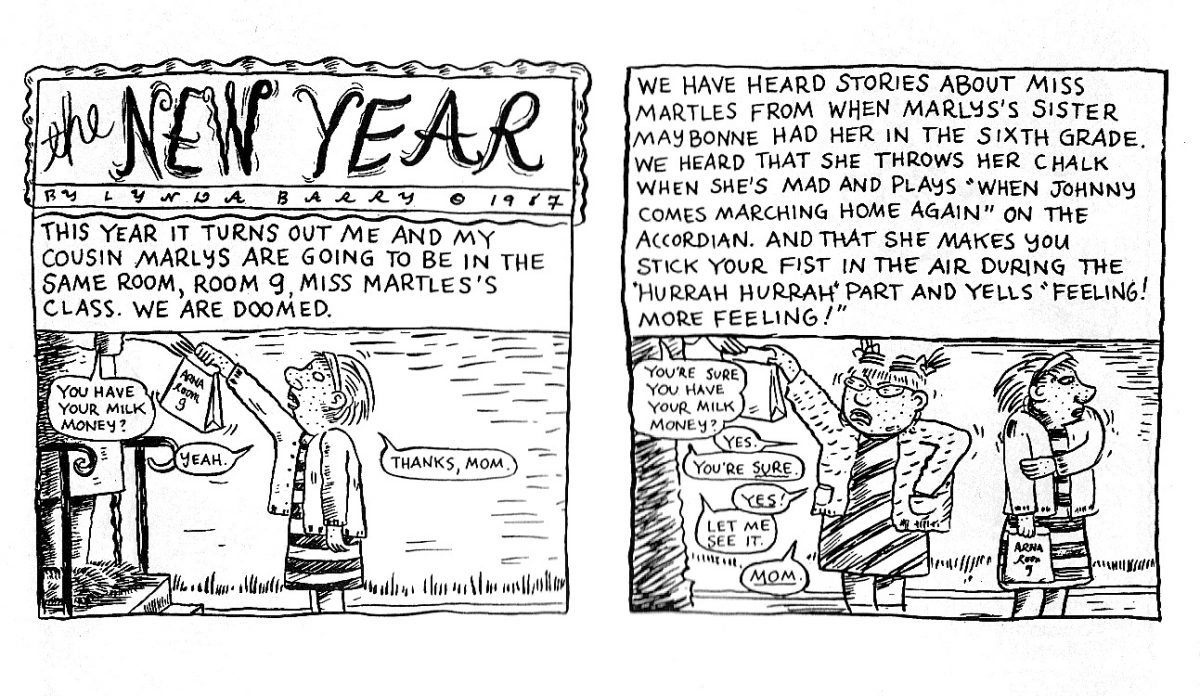
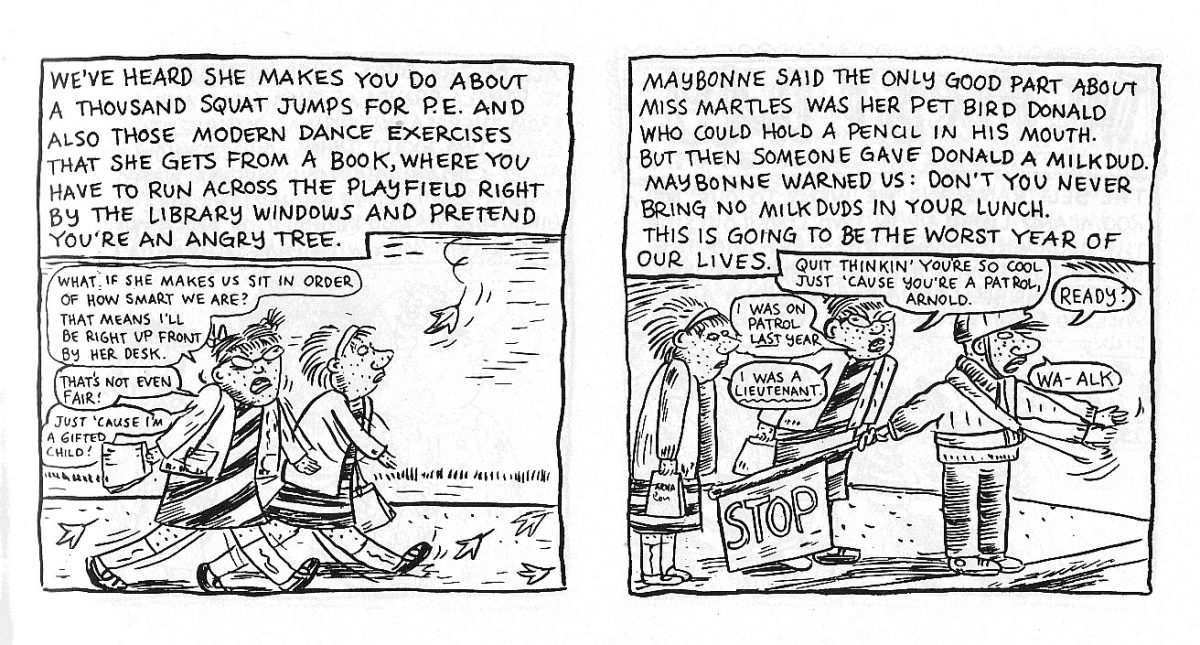
(from Down the Street, by Lynda Barry, Harper and Row Publishers, 1988)
(I promise not to throw chalk. I cannot promise not to make you pretend to be angry trees.)
And finally, this.
If you’re able to, before next week, please check out the first few minutes of that video, and then watch the last three minutes or so.
What I am looking at there is the quality of listening that the orchestra has for each other, and then the joy with which they encounter each other when they finish the symphony. That’s what I am hoping we can find in each day that we share together over the course of the coming year – despite because of the unknown.
See you soon!


